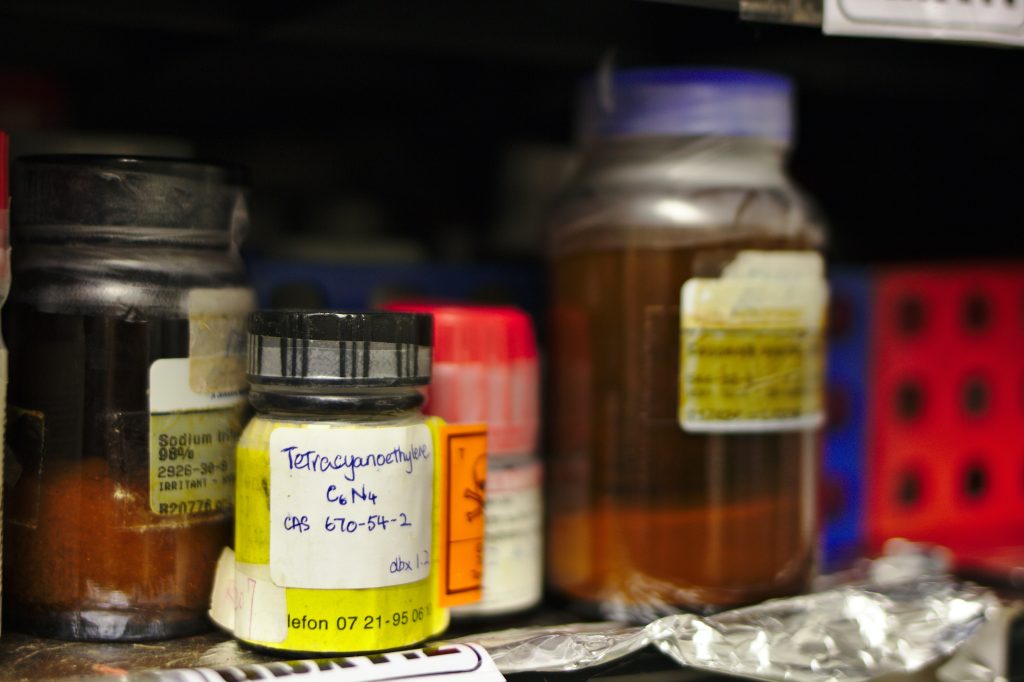Global Harmonized System (GHS)
The Globally Harmonized System (GHS) is a set of international guidelines developed by the United Nations (UN) to standardize the classification, labeling, and communication of hazardous chemicals. It was designed to enhance safety, promote international trade, and protect human health and the environment.
The Globally Harmonized System (GHS) is an internationally recognized framework that harmonizes the classification and labeling of hazardous chemicals. It establishes criteria for classifying chemicals based on their physical, health, and environmental hazards. GHS also provides standardized labels, safety data sheets (SDS), and hazard communication tools to ensure consistent information sharing and risk management across borders.
GHS plays a crucial role in enhancing global chemical safety. By providing a unified approach to hazard communication, it improves understanding and reduces potential risks associated with the handling, storage, transportation, and disposal of hazardous chemicals. GHS enables countries to establish effective regulatory systems and promotes consistency in chemical management practices, thereby facilitating trade and protecting human health and the environment.

“ In any organization that deals with hazardous chemicals, it is essential for several stakeholders to understand GHS requirements. This includes employees involved in chemical handling, storage, transportation, and disposal, as well as supervisors, managers, and safety professionals responsible for implementing safety protocols. Additionally, individuals responsible for product development, labeling, and regulatory compliance must also possess a comprehensive understanding of GHS.”
Benefits of Joining GHS Training

Enhanced Safety

Compliance with Regulations

Effective Communication

International Competence






